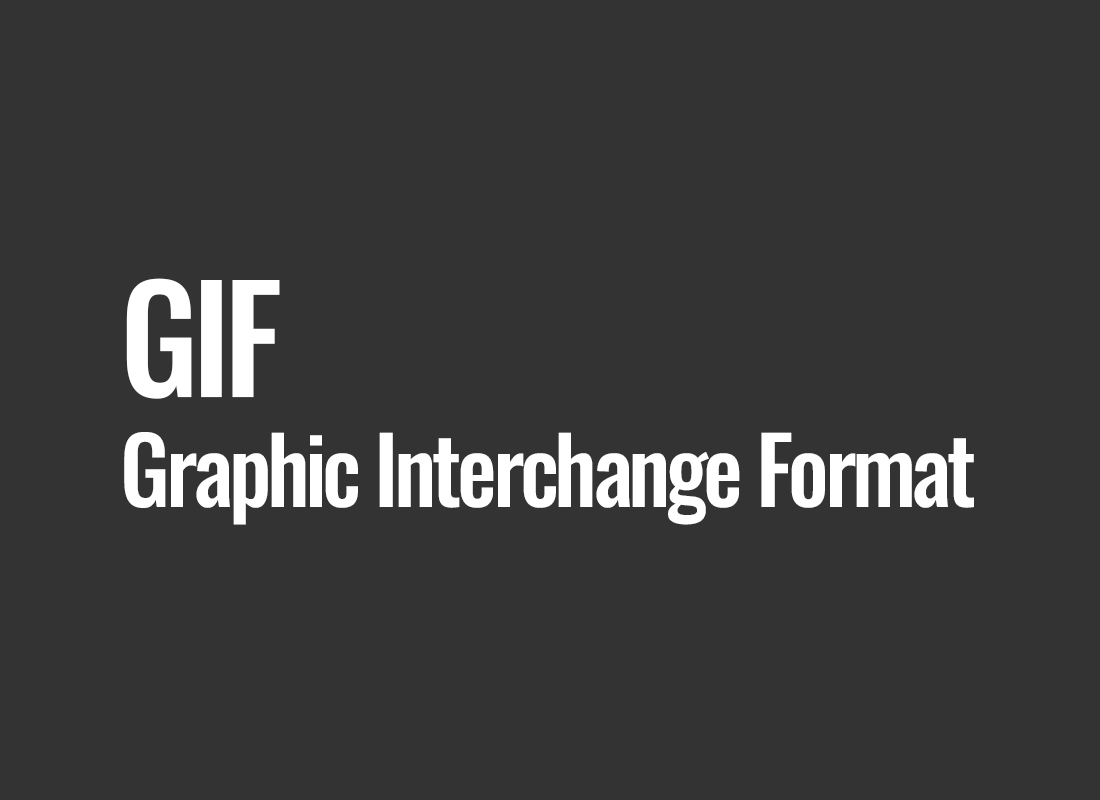GIF (Graphic Interchange Format)
GIF, or Graphic Interchange Format, is a graphic file format that revolutionized the way images are presented and shared on the internet. It was developed in 1987 by Steve Wilhite, working for CompuServe, as a way to efficiently transmit images in the limited internet space of that time. Since then, GIF has become one of the most recognizable and widely used graphic formats in the digital world.
One of the key features of GIF is its ability to store multiple images in one file, enabling the creation of simple animations. These animations, often consisting of short, repeating sequences, have become a popular way to express emotions, humor, and ideas on the internet. GIFs are valued for their simplicity and versatility, as well as for being supported by almost all web browsers and mobile devices, making them extremely accessible.
The GIF format uses LZW (Lempel-Ziv-Welch) lossless compression, which allows for reducing the file size without losing image quality. This is particularly important in the context of the internet, where loading speed and data transmission efficiency are key. However, GIF has its limitations, such as support for only 256 colors, making it not ideal for transmitting high-resolution photos or images with a rich color palette.
Despite these limitations, GIFs have gained immense popularity and are widely used in various fields, from digital marketing to personal communication. Their unique blend of simplicity, humor, and expression makes them an integral part of internet culture. In the era of social media, GIFs have become one of the main ways for quick and effective communication, allowing users to express emotions and reactions in a way that text or static images cannot convey.
GIF Technology in Detail
GIF, or Graphic Interchange Format, while simple in its construction, contains many interesting technological aspects that have contributed to its lasting popularity. Understanding these aspects helps appreciate why GIF has become so ubiquitous in the digital world.
LZW Lossless Compression
A key element of GIF technology is the use of the LZW lossless compression algorithm. This type of compression allows for significant file size reduction without losing image quality. This is possible through efficient encoding of repeating pixel sequences. As a result, GIFs can be quickly transmitted and loaded, even with limited network resources.
Color Palette
GIFs support a palette of up to 256 colors, which is sufficient for simple graphics and animations but can be a limitation for more complex images. This limited color palette means that GIFs are not ideal for transmitting high-resolution photos, but they are perfect for simple illustrations and animations where a smaller number of colors is not an obstacle.
Animations
One of the most distinctive features of GIF is the ability to create animations. By placing a series of images in one GIF file, creators can produce short, repeating animations. These animations do not require additional software for playback, making them easily accessible to a wide audience.
Transparency
GIFs can also support transparency, allowing GIF images to be placed on various backgrounds without visible borders. This feature is particularly useful in web design and creating advertising graphics.
Universality and Compatibility
GIFs are supported by all major web browsers and mobile devices, making them an extremely universal format. Their simplicity and wide compatibility make them easy to use for creators and accessible to audiences around the world.
Impact on Internet Culture
GIFs have played a significant role in shaping internet culture. Their ability to convey emotions, humor, and information in a quick and accessible manner has made them a popular communication tool in social media and digital advertising.
Summary
GIFs, despite their simplicity, have an undeniable impact on digital communication and culture. Their ability to convey emotions, humor, and information in a quick and accessible manner ensures that they remain an indispensable tool in the era of social media and digital marketing. In the future, as technology evolves and trends change, GIFs may evolve, offering even greater possibilities for interaction and expression. We can expect them to continue playing a key role in the way we share content, express emotions, and engage in digital communities, while witnessing their ongoing evolution and adaptation to new forms and communication platforms.




